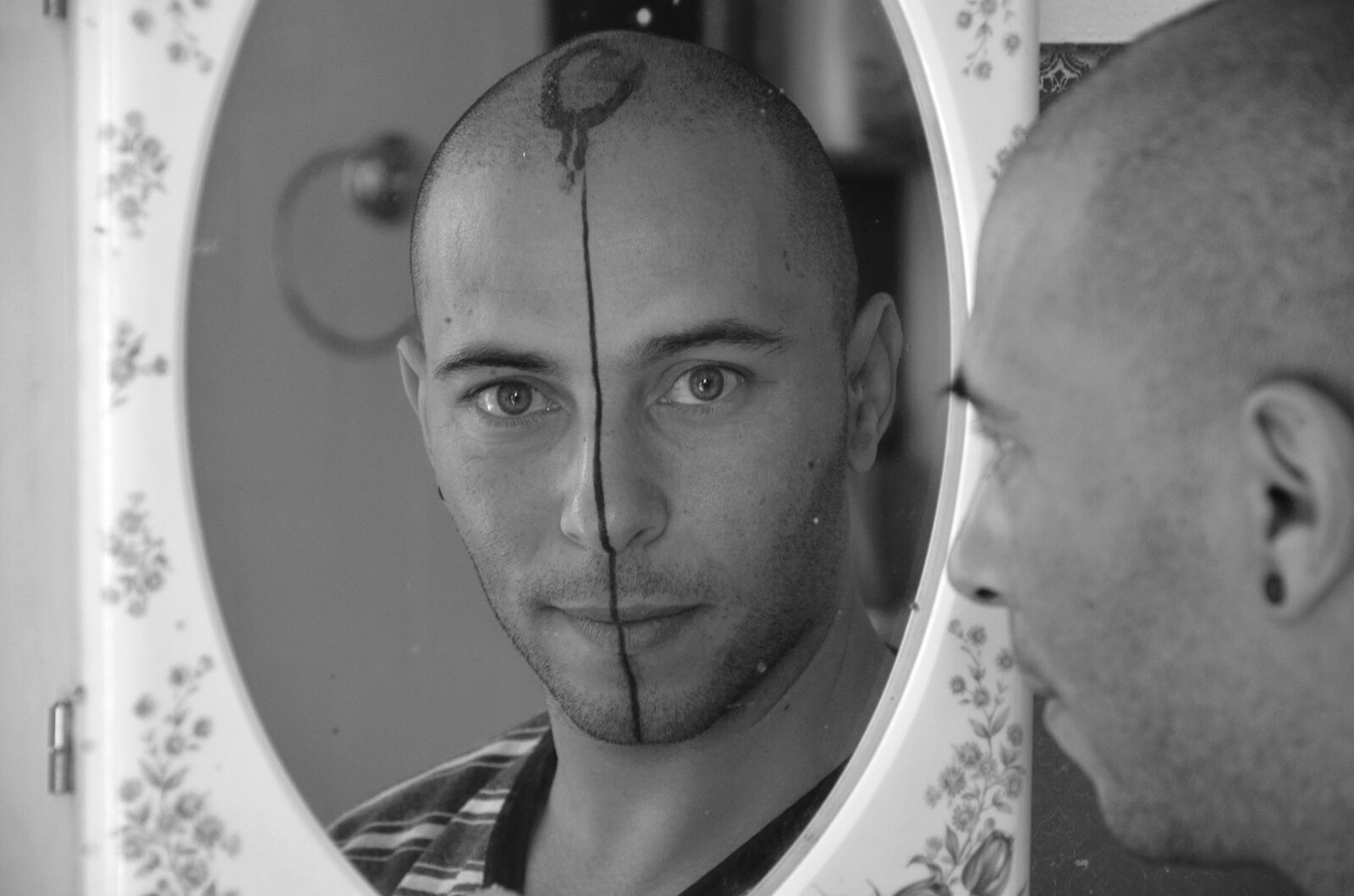March 2–September 15, 2024
Ola Billgrens plats 2-4
SE-211 29 Malmö
Sweden
Hours: Tuesday–Sunday 11am–5pm,
Thursday 11am–7pm
The international group exhibition Unhealed delves into the aftermath of the uprisings and revolutions that swept through the Arab world starting in 2010. These events altered the lives of millions of people. With this exhibition, Moderna Museet Malmö presents seventeen artist who, in different ways, have addressed this tumultuous and still unfolding chapter in history.
Artists: Asim Abdulaziz, Aya Albarghathy, Muhammad Ali, Héla Ammar, Marwa al-Sabouni, Selim Ben Sheikh, Shady Elnoshokaty, Safaa Erruas, Hadia Gana, Khaled Hafez, Diana Jabi, Rachid Koraichi, Moataz Nasr, Adrian Paci, Mario Rizzi, Fethi Sahraoui, and Mouna Jemal Siala
Curators: Abir Boukhari and Joa Ljungberg
“In my life, I have seen hope and despair entangled in relentless cycles, in Arab countries as well as in the rest of the world. Every sunrise brings a glimmer of hope—of a better life, a new beginning—only to vanish again when fate stubbornly repeats: ‘Not this time’”, says Abir Boukhari, co-curator of Unhealed.
The exhibition Unhealed portrays existential experiences amid major social upheaval. It navigates through feelings of hope and despair, bringing us beyond political analysis. The contributing artists are predominantly based in Algeria, Egypt, Libya, Morocco, Syria, Tunisia, and Yemen, but also in Albania, Italy, Romania, and Sweden.
“When I first asked Abir Boukhari to collaborate on this project, she was hesitant; the subject was still too much of an open wound. Now, several years later, we have realized this exhibition. It feels both powerful and important, particularly when considering those directly affected who now live in Sweden”, says Joa Ljungberg, co-curator of Unhealed.
Through sculpture, painting, textile, drawing, film and photography, Unhealed builds a winding and poetic narrative. In Tarz (Weaving time), Héla Ammar ties together photographs and historical documents with red silk thread. Her work chronicles the political history of Tunisia, a history that started long before the Jasmin revolution and that is still in the process of unfolding. Also intertwining textile and politics, is Asim Abdulaziz’s short film 1941. The work plays out inside a decaying Hindu temple in the artist’s hometown of Aden. Ten shirtless men—spanning different generations—are deeply immersed in the act of knitting, all using the same blood-coloured yarn. Strongly associated with women history and female caring, the meditative craft of knitting is here transposed to a Yemeni (and male) reality, addressing the psychological effects of war.
Employing more of an activist approach, Mouna Jemal Siala made her project No to Division in response to the tragic assassination of Tunisian opposition leader Chokri Belaïd in 2013, a deed that created political turmoil. Fuelled by concerns over escalating violence and societal divisions, the artist drew a line across her face, as a symbolic stand against growing polarisation. This artistic protest unfolded in the city of Tunis, where she engaged with people in the public space, inviting them to participate, and collecting their experiences and thoughts in a photographic installation. Also responding to societal tensions is Moataz Nasr’s Khayameya, which borrows its title from the traditional craft of tent-making, made by layering colourful fabric into intricate designs inspired by Islamic ornamentation and traditional Egyptian designs. The use of matches in the work, to create the patterns of Khayameya, signals the presence of something dangerously inflammable, while speaking about the aftermath of the recent revolutionary history of Egypt.
More quiet in character, is Safaa Erruas Flags. With white pearls on cotton paper, the artist has embroidered the flags of the 22 Arab countries constituting the Arab League union—an organisation repeatedly criticized for its internal conflicts and collective inaction on critical international issues. All white-on-white, the installation takes on a discreet form of mourning, embodying a profound yet subtle expression of disappointment. A similar feeling is evoked in the series Home Sweet Home by Diana Jabi. By embroidering the map of the ancient city of Damascus, the artist expresses her fear of the city being destroyed like countless other places in Syria. She meditates through the work while envisioning her sacred quarters, believing that we can protect our beloved places by keeping them alive in our minds.
Also addressing forced exile and experiences of war, is Adrian Paci’s five-channel video installation, Broken Words. As if to emphasize the impossibility of fully understanding a fellow human’s traumatic experience, this artwork only allows us to hear and see fragments of something larger that remains elusive. Related in content is also Rashid Koraichi’s woven tapestry, Jardin d’Afrique. This large scale textile is composed of symbols, glyphs, and ciphers, and shares its title with a cemetery that the artist has built together with his daughters in southern Tunisia. It is a cemetery for the anonymous migrants that the sea brings back to the shore after failed attempts of crossing the Mediterranean Sea, in hope for a better life.
More information about the works and artists.
During the exhibition period, the artist Rami Khouri invites visitors to engage in a participatory project with clay as a medium and through storytelling sharing stories and experiences. Other related activities and events include collaborations with Malmö Arab Film Festival, The art of Participation Skåne, a network for artists that migrated to Sweden, lectures and talks by among others artist Moataz Nasr and journalist Anders Rydell as well as guided tours. More information.
Moderna Museet Malmö is part of the state-owned Moderna Museet and is funded by the City of Malmö, Skåne Regional Council and the Swedish Government.














